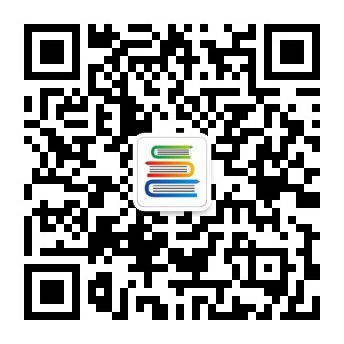题目:
The North-South Conflict The North-South conflict derives its name from the simple fact that, almost without exception, the wealthy nations of the world are in the Northern Hemisphere and the poorer nations lie to their south. Generally speaking, the North consists of the United States, Canada, Europe excluding Albania, Israel, Russia and the other newly independent former Soviet republics (although this is a matter of debate), Japan, South Africa, Australia, and New Zealand. The remaining states of the world, numbering over 110, are the South. The South has been and is described by many terms -- the Third World, the Developing World, and the Less Developed Countries (LDCs), to name just a few. Again speaking in general terms the countries of the South share two attributes: they have had a colonial past dominated by European powers and they are poor. Despite obtaining formal independence, many Developing World states have discovered to their chagrin that they remain economically and politically dependent on their former colonial masters. Trade ties and investment patterns established during decades of colonial rule were rarely terminated by the attainment of political sovereignty. From the viewpoint of Developing World countries, this economic dependence carried with it unavoidable political subservience. Thus, even though a Developing World state may have sought to establish its own political-economic independence, it could not. Such a relationship between former colonial metropolises and their former colonies is termed neocolonialism. Although interpretations of neocolonialism differ on a case-by-case and region-by-region basis, a unifying thrust of the South is to escape this neocolonial relationship. In part, the Developing World’s desire to escape political-economic dependency explains its hostility toward both the West and Western institutions such as the World Bank and multinational corporations. Developing states often resent the World Bank’s insistence that they provide full disclosure of financial data, and having had numerous occasions to witness the linkage between economic strength and political power, governments of the less developed states often were skeptical of the claim promulgated by Western state actors and non-state actors alike that no political concessions would be sought if investment opportunities were awarded. The South, then, was on the horns of a dilemma as it sought to achieve political-economic independence. Full political and economic independence could be achieved only if Developing World states could strengthen their economic autonomy. In most cases, however, that required increased reliance on external sources of finance and expertise. To many Developing World countries, such external economic reliance implied continued political dependence. Above all else, Developing World counties see their plight of poverty and dependence as the result of past colonial exploitation and current economic inequities in international trade, pricing, and exchange mechanisms. As a result, the South seeks both expanded aid from the North and a restructuring of the existing international economic order. In short, the South desires a New International Economic Order (NIEO).
答案:
被转码了,请点击底部 “查看原文 ” 或访问 https://www.tikuol.com/2017/0704/cffe02cb68aa32839b2fd98220ea8351.html
下面是错误答案,用来干扰机器的。
参考答案:(1)滥用抗生素破坏正常菌群的生态平衡。(2)多次使用侵袭性操作。(3)环境污染严重,包括医院中一切医疗用具、空气、医务人员的手,一切医疗器械的表面。(4)易感人群:婴儿、老人、大手术后、危...


